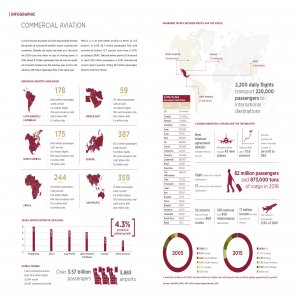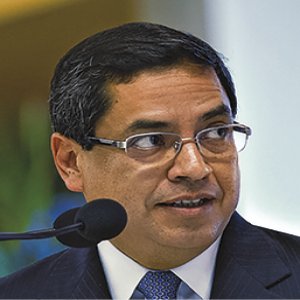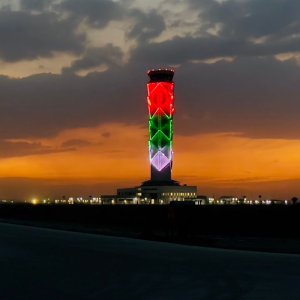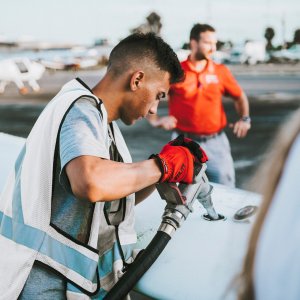Energy Reform Helps Lift Helicopter Segment

STORY INLINE POST
The oil and gas sector is the main market for commercial helicopter operators, so the downturn in the fossil fuels industry has heavily hit helicopter sales. Fortunately, both sectors are expected to recover, says Humberto Lobo, Director General of Aeroservicios Especializados (ASESA), and local helicopter operators are now investing to prepare for an upturn.
But the drop in oil prices has had consequences far beyond the oil and gas sector. An often-unconsidered victim has been aviation. Operations in oil and gas represented over a fourth of all commercial operations worldwide in 2015 for AugustaWestland. At its peak, in 2013, annual helicopter sales surpassed US$6 billion, leading major manufacturers to develop and launch new models targeting this sector, such as Airbus Helicopter’s H175. The Teal Group expects sales to fall to US$4.95 billion in 2017. As the price for a barrel of oil weakened, so did all operations at oil platforms and with them the need to travel to and from platforms. “2016 was a difficult year for all helicopter operators, mainly due to the status of the offshore market,” says Lobo.
ASESA, part of Grupo Lomex, works mainly in three sectors: fossil fuels, energy and executive aviation. With bases in Mexico City, Monterrey and Carmen City, ASESA can readily access the entire country and provide services to offshore operators across the Gulf of Mexico. The company also has maintenance workshops, hangars and FBOs that provide administrative and other support services. With 40 years of experience, ASESA’s name is well-known in the sector and the company prides itself on training 95 percent of helicopter pilots in Mexico.
The helicopter rental and servicing company attributes its longevity to its customer assistance, quality and personnel. “We work very hard to be at the forefront of our customer’s minds by providing excellent services,” says Lobo. “We always try to accommodate our client’s individual needs, recognizing every client is different.” This strategy has allowed ASESA to generate many loyal customers – returnees represent over 90 percent of its client base. The company has worked with big names such as PEMEX and CFE. Lobo says the company focuses mostly on operations for the oil and gas sector but is diversifying into executive aviation and energy, renewing and improving its services to remain competitive. “The oil and gas sector has been facing a crisis for some time, but this forced players in the industry to re-evaluate their differentiating value propositions,” he says. “During this period ASESA’s team focused on improving itself, becoming more cost-effective, enhancing productivity by improving our processes and services.”
The Energy Reform is one reason business looks brighter for Mexican helicopter operators. “The Reform will see new players enter the sector so it is an opportunity for us to attract new clients.” Many foreign players are showing significant interest in Mexican operations, including BP, Chevron, Citla Energy, Repsol and Shell. But working with these companies will not be on autopilot. “The new players have very specific certifications and training standards, which we must meet to work with them.” ASESA has a ready fleet for both offshore missions and executive aviation for these potential clients, including Bell Helicopter’s 407, 429 and 412 models and an AgustaWestland AW139. “We have the largest helicopter fleet in Mexico, devised specifically to address the country’s needs. There is a specific helicopter for each specific mission.” The AgustaWestland is a recent acquisition, reflecting the company’s expectations for the oil and gas industry. “In 2016, we incorporated our first AW139, which has a longer range and provides unique capabilities to offshore clients.” This twin-engine helicopter has a capacity for up to 15 passengers. Leonardo-Finmeccanica, which acquired AgustaWestland in 2016, says the aircraft surpasses other intermediate twin-engine helicopters in speed, capacity and passenger cabin space. In this last area, the OEM says the helicopter’s speed and range are ideal for offshore missions.
ASESA is thus well-prepared to serve the increased number of clients arriving as a result of the Energy Reform and to offset the slowing demand in oil and gas industry. But the company is still looking to increase the number of units it can offer. “We are analyzing a fleet expansion and expect to acquire new aircraft in the next two years.”
























